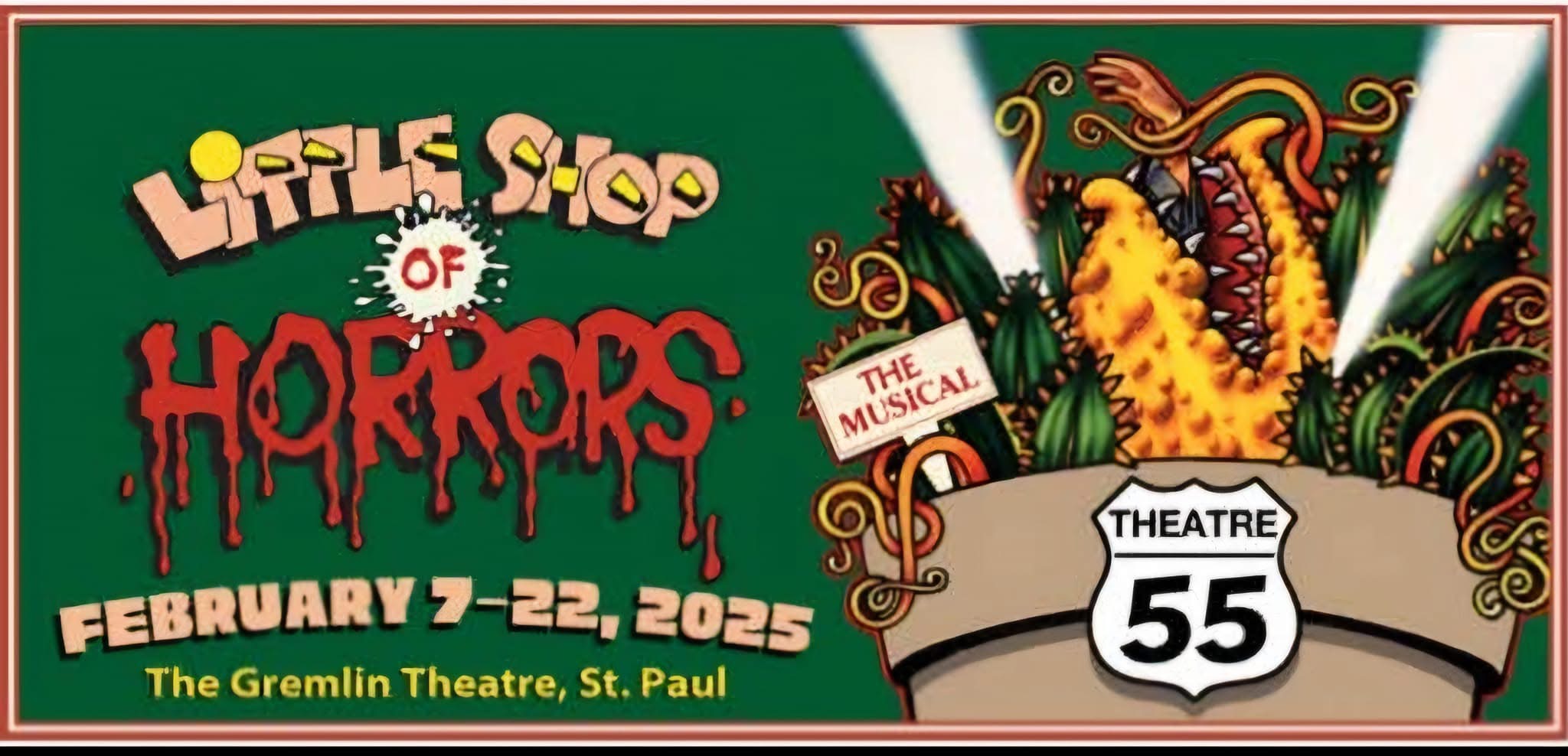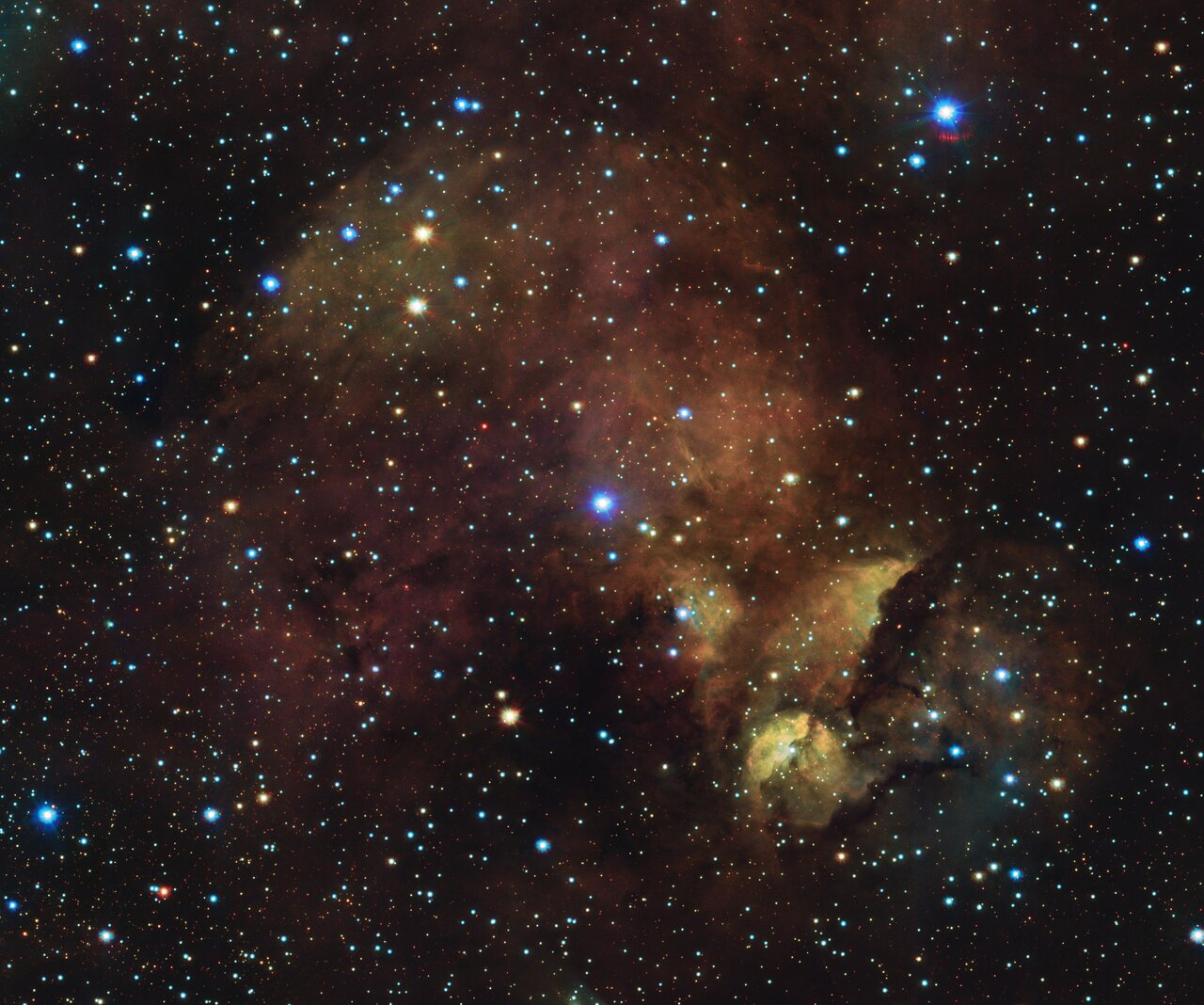Blog
Dámaso Pérez Prado (December 11, 1916 – September 14, 1989) was a Cuban bandleader, pianist, composer and arranger who popularized the mambo in the 1950s. His big band adaptation of the danzón-mambo proved to be a worldwide success with hits such as “Mambo No. 5“, earning him the nickname “The King of the Mambo”. In 1955, Prado and his orchestra topped the charts in the US and UK with a mambo cover of Louiguy‘s “Cherry Pink (and Apple Blossom White)“. He frequently made brief appearances in films, primarily of the rumberas genre, and his music was featured in films such as La Dolce Vita.
Pérez Prado began his career as pianist and arranger for the Sonora Matancera, an internationally successful dance music ensemble from his hometown of Matanzas. He later established his own group and made several recordings in Havana in 1946, including “Trompetiana”, a self-penned mambo and one of the first examples arranged for big band. He then moved to Mexico where he developed this particular genre in multiple forms, including bolero-mambo (with María Luisa Landín), guaracha-mambo (with Benny Moré) and two forms of instrumental mambo he created: mambo batiri and mambo kaen. The success of his 1949 recordings landed him a contract with RCA Victor in the US, which led to a prolific career during the 1950s. His number 1 hit “Cherry Pink (and Apple Blossom White)” was followed by other charting singles, such as a cover of “Guaglione” and his own “Patricia“, both released in 1958. Pérez Prado’s popularity in the US began to decline in the 1960s with the advent of other Latin dance rhythms such as pachanga and, later, boogaloo. Despite several innovative albums and a new form of mambo he called “dengue”, Pérez Prado was never able to duplicate his earlier success and returned to Mexico in the 1970s, where he became a naturalized citizen in 1980. He died in Mexico City in 1989. His son, Pérez Jr., continues to direct the Pérez Prado Orchestra in Mexico City to this day.
more...Today’s NASA/ESA Hubble Space Telescope Picture of the Week features the glorious spiral galaxy NGC 5643, which is located roughly 40 million light-years away in the constellation Lupus. NGC 5643 is what’s known as a grand design spiral, referring to how the galaxy’s two large, winding spiral arms are clear to see. The spiral arms are defined by bright blue stars, lacy reddish-brown dust clouds and pink star-forming regions.
As fascinating as the galaxy appears at visible wavelengths, some of NGC 5643’s most interesting features are invisible to the human eye. Ultraviolet and X-ray images and spectra of NGC 5643 show that the galaxy hosts an active galactic nucleus: an especially bright galactic core powered by a feasting supermassive black hole. When a supermassive black hole ensnares gas from its surroundings, the gas collects in a disc that heats up to hundreds of thousands of degrees. The superheated gas shines brightly across the electromagnetic spectrum, but especially at X-ray wavelengths.
NGC 5643’s active galactic nucleus isn’t the brightest source of X-rays in the galaxy, though. Researchers using ESA’s XMM-Newton discovered an even brighter X-ray-emitting object, called NGC 5643 X-1, on the galaxy’s outskirts. What could be a more powerful source of X-rays than a supermassive black hole? Surprisingly, the answer appears to be a much smaller black hole! While the exact identity of NGC 5643 X-1 is not yet known, evidence points to a black hole that is about 30 times more massive than the Sun. Locked in an orbital dance with a companion star, the black hole ensnares gas from its stellar companion, creating a superheated disc that outshines the galactic centre.
NGC 5643 was also the subject of a previous Picture of the Week. The new image incorporates additional wavelengths of light, including the red color that is characteristic of gas heated by massive young stars.
[Image Description: A close-up of a spiral galaxy, seen face-on. Its center is a bright white point, surrounded by a large yellowish oval with thin lines of dust swirling in it. From the sides of the oval emerge two bright spiral arms which wind through the round disc of the galaxy, filled with shining pink spots where stars are forming and more dark reddish dust. Many stars can be seen in the foreground, over and around the galaxy.]

Lawrence Roger Fast (born December 10, 1951) is an American synthesizer player and composer. He is best known for his 1975–1987 series of synthesizer music albums (Synergy) and for his contributions to a number of popular music acts, including Peter Gabriel, Foreigner, Nektar, Bonnie Tyler, and Hall & Oates.
more...Melbourne Robert Cranshaw (December 3, 1932 – November 2, 2016) was an American jazzbassist. His career spanned the heyday of Blue Note Records to his later involvement with the Musicians Union. He is perhaps best known for his long association with Sonny Rollins. Cranshaw performed in Rollins’s working band on and off for over five decades, starting with a live appearance at the 1959 Playboy jazz festival in Chicago and on record with the 1962 album The Bridge.
Cranshaw died at the age of 83 on November 2, 2016, in Manhattan, New York, from Stage IV cancer.
more...Eddie Jones (December 10, 1926 – February 7, 1959 Greenwood, MS), known as Guitar Slim, was an American guitarist in the 1940s and 1950s, best known for the million-selling song “The Things That I Used to Do“, for Specialty Records. It is listed in the Rock and Roll Hall of Fame’s 500 Songs That Shaped Rock and Roll. Slim had a major impact on rock and roll and experimented with distorted tones on the electric guitar a full decade before Jimi Hendrix.
more...Ray Willis Nance (December 10, 1913 – January 28, 1976) was an American jazz trumpeter, violinistand singer. He is best remembered for his long association with Duke Ellington and his orchestra. Ellington hired Nance to replace trumpeter Cootie Williams, who had joined Benny Goodman, in 1940.Nance’s first recorded performance with Ellington was at the Fargo, North Dakota ballroom dance.Shortly after joining the band, Nance was given the trumpet solo on the earliest recorded version of “Take the “A” Train“, which became the Ellington theme. Nance’s “A Train” solo is one of the most copied and admired trumpet solos in jazz history. Indeed, when Cootie Williams returned to the band more than twenty years later, he would play Nance’s solo on “A Train” almost exactly as the original.
more...Once again I have secured the Percussion Chair for this Alien Plant Consuming production of LSOH by Theatre 55. Music supported by Shirley Mier, Lyra Olson, Jamie Carter and mick Bamboula. Along with my stellar vocalists Van Nixon & Patty Lacy. Awesome! 


Sunday 12-8-24 3pm Alto Cumulous Clouds spotted due west from Webber Park in North Minneapolis.




Located in the Centaurus constellation, this gas cloud is part of the giant Running Chicken Nebula. Some people see it as the head of the chicken, others see the chicken’s rear end. But as much as scientists love fun names for nebulae, they are often not very conducive to clear communication in an international field like astronomy. That is why this nebula is formally known by two names that sound, well… a little less funky. In 1955, Australian astronomer Colin Stanley Gum made an inventory of 84 emission nebulae in the southern sky: the Gum catalog. This one is known, quite dryly, as Gum 40. Long before Gum, in 1888, Danish astronomer John Louis Emil Dreyer had already compiled the ambitious New General Catalogue of Nebulae and Clusters of Stars (NGC), an index of 7840 astronomical objects such as galaxies, star clusters and emission nebulae like this one. Dreyer later added two Index Catalogues (IC) to his work, describing another 5386 celestial objects. This nebula was labelled IC 2872. The NGC is still used today: it got its most recent update in 2019, with 13 957 new objects. This image of IC 2872 — or Gum 40, the chicken head or whatever nickname you might wish to give it — was captured by the VLT Survey Telescope (VST), hosted at ESO’s Paranal Observatory in Chile. As telescopes and instruments keep getting better, more and more deep-sky objects are discovered, so the lists and catalogues will never be complete. But that shouldn’t keep us from trying to compile them — or making up fun nicknames, right?

Joan Anita Barbara Armatrading CBE (born 9 December 1950) is an English singer-songwriter and guitarist. Her first major commercial success came with her third and fourth albums, Joan Armatrading (1976) and Show Some Emotion (1977), and she continues to play live and record studio albums. A three-time Grammy Award nominee, Armatrading has also been nominated twice for BRIT Awards as Best Female Artist. She received an Ivor Novello Award for Outstanding Contemporary Song Collection in 1996.
Joan Anita Barbara Armatrading, the third of six children, was born in 1950 in the town of Basseterre in what was then the British colony of Saint Christopher and Nevis.
more...Daniel Ivan Hicks (December 9, 1941 – February 6, 2016 Little Rock, AK) was an American singer-songwriter and musician, and the leader of Dan Hicks and His Hot Licks. His idiosyncratic style combined elements of cowboy folk, jazz, country, swing, bluegrass, pop, and gypsy music. He is perhaps best known for the songs “I Scare Myself” and “Canned Music”. His songs are frequently infused with humor, as evidenced by the title of his tune “How Can I Miss You When You Won’t Go Away?” His album Live at Davies (2013) capped over forty years of music.
Writing about Hicks for Oxford American in 2007, critic David Smay said, “[T]here was a time from the ’20s through the ’40s when swing—’hot rhythm’—rippled through every form of popular music. That’s the music Dan Hicks plays, and there’s no single word for it because it wasn’t limited to any one genre. Django Reinhardt and the Mills Brothers and Spade Cooley and Hank Garland and the Boswell Sisters and Stuff Smith and Bing Crosby all swing. You can make yourself nutty trying to define what Dan Hicks is. Then again, you could just say: Dan Hicks swings.”
more...




